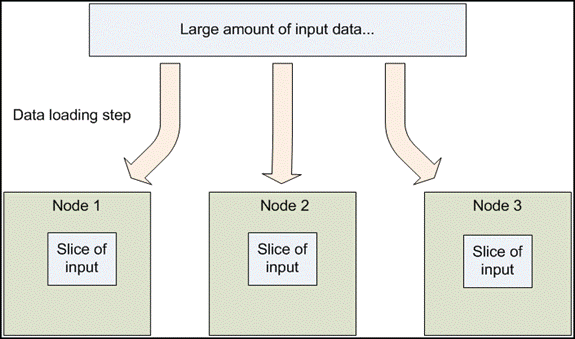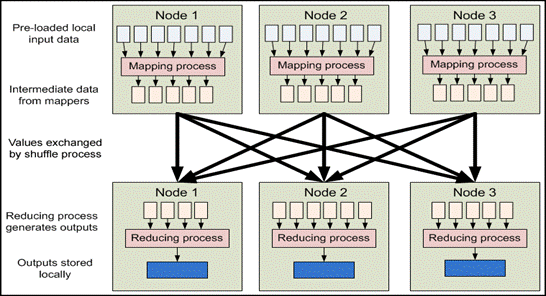Hadoop
Published on Aug 15, 2016
Abstract
Hadoop is the popular open source implementation of MapReduce, a powerful tool designed for deep analysis and transformation of very large data sets. Hadoop enables you to explore complex data, using custom analyses tailored to your information and questions.
Hadoop is the system that allows unstructured data to be distributed across hundreds or thousands of machines forming shared nothing clusters, and the execution of Map/Reduce routines to run on the data in that cluster. Hadoop has its own filesystem which replicates data to multiple nodes to ensure if one node holding data goes down, there are at least 2 other nodes from which to retrieve that piece of information. This protects the data availability from node failure, something which is critical when there are many nodes in a cluster (aka RAID at a server level).
Hadoop has its origins in Apache Nutch, an open source web searchengine, itself a part of the Lucene project. Building a web search engine from scratch was an ambitious goal, for not only is the software required to crawl and index websites complex to write, but it is also a challenge to run without a dedicated operations team, since there are so many moving parts. It's expensive too: Mike Cafarella and Doug Cutting estimated a system supporting a 1-billion-page index would cost around half a million dollars in hardware, with a monthly running cost of $30,000
Introduction of Hadoop
In a Hadoop cluster, data is distributed to all the nodes of the cluster as it is being loaded in. The Hadoop Distributed File System (HDFS) will split large data files into chunks which are managed by different nodes in the cluster. In addition to this each chunk is replicated across several machines, so that a single machine failure does not result in any data being unavailable. An active monitoring system then re-replicates the data in response to system failures which can result in partial storage. Even though the file chunks are replicated and distributed across several machines, they form a single namespace, so their contents are universally accessible.

Data is conceptually record-oriented in the Hadoop programming framework. Individual input files are broken into lines or into other formats specific to the application logic. Each process running on a node in the cluster then processes a subset of these records. The Hadoop framework then schedules these processes in proximity to the location of data/records using knowledge from the distributed file system.
Since files are spread across the distributed file system as chunks, each compute process running on a node operates on a subset of the data. Which data operated on by a node is chosen based on its locality to the node: most data is read from the local disk straight into the CPU, alleviating strain on network bandwidth and preventing unnecessary network transfers. This strategy of moving computation to the data , instead of moving the data to the computation allows Hadoop to achieve high data locality which in turn results in high performance
HOW IT WORKS:
Hadoop limits the amount of communication which can be performed by the processes, as each individual record is processed by a task in isolation from one another. While this sounds like a major limitation at first, it makes the whole framework much more reliable. Hadoop will not run just any program and distribute it across a cluster. Programs must be written to conform to a particular programming model, named "MapReduce."

InMapReduce, records are processed in isolation by tasks called Mappers . The output from the Mappers is then brought together into a second set of tasks called Reducers , where results from different mappers can be merged together.
Separate nodes in a Hadoop cluster still communicate with one another. However, in contrast to more conventional distributed systems where application developers explicitly marshal byte streams from node to node over sockets or through MPI buffers, communication in Hadoop is performed implicitly. Pieces of data can be tagged with key names which inform Hadoop how to send related bits of information to a common destination node. Hadoop internally manages all of the data transfer and cluster topology issues.
By restricting the communication between nodes, Hadoop makes the distributed system much more reliable. Individual node failures can be worked around by restarting tasks on other machines. Since user-level tasks do not communicate explicitly with one another, no messages need to be exchanged by user programs, nor do nodes need to roll back to pre-arranged checkpoints to partially restart the computation. The other workers continue to operate as though nothing went wrong, leaving the challenging aspects of partially restarting the program to the underlying Hadoop layer .